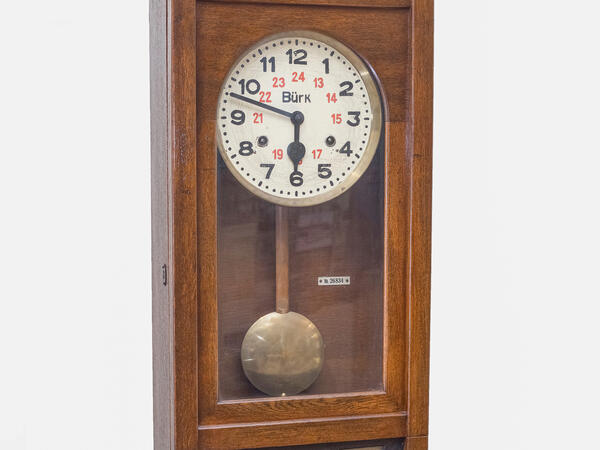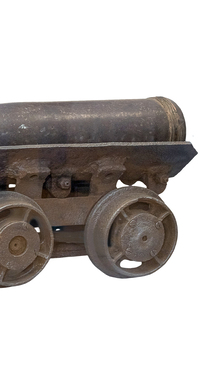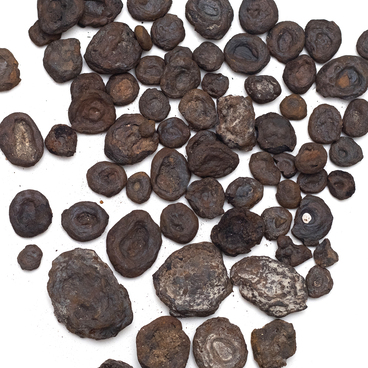In 1773–1774, the construction of the Alexander Cannon Factory was launched on the Lososinka River. It became one of the most technically equipped factories in Russia in the late 18th — early 19th centuries, supplying the Russian navy and artillery with guns. Steam engines for the St. Petersburg Mint and the Voitsky mine were made there. In 1788, the first Russian 160-meter long factory railroad was built on the territory of the plant.
To accommodate the factory administration in 1775, six detached two-story houses and two outbuildings were erected to the north-west of the factory in Petrovskaya Sloboda. They formed a square called Kruglaya or Tsirkulnaya (now called the Lenin Square), which became the center of the new settlement. By a decree of the ruling Senate of March 21, 1777, Empress Catherine II ordered to rename the Petrozavodsk settlement into the district town of Petrozavodsk.
The Alexandrovsky plant manufactured not only military products, but also goods for everyday life. Several of its products are now on display at the National Museum of the Republic of Karelia, such as an operating model of a cannon-boring shop, models of various cannons, cannonballs and shells, an openwork vase, a Gothic-styled teapot, a bust of Empress Alexandra Feodorovna and a painted cast-iron high relief “The Last Supper”.
The longcase clock is exhibited in the section “The Plant as the City. Alexandrovsky Plant in the Late 18th — Early 20th Centuries”. The clock stood in the entrance area of the enterprise as it was used to measure the time when workers came to the plant and when they left. The clock case is made of wood, the control mechanism is in the lower part. The clock was connected to a mechanism equipped with a special typesetting stamp to show the time on a worker’s pass. The stamp is driven by a mechanical hand drive.
There is a glass door in front of the pendulum and dial. The name of the factory — Bürk — is on the dial. The Württemberg watch factory “Bürk Söhne”, Schwenningen was founded in 1855 and manufactured such clocks with control mechanisms.
To accommodate the factory administration in 1775, six detached two-story houses and two outbuildings were erected to the north-west of the factory in Petrovskaya Sloboda. They formed a square called Kruglaya or Tsirkulnaya (now called the Lenin Square), which became the center of the new settlement. By a decree of the ruling Senate of March 21, 1777, Empress Catherine II ordered to rename the Petrozavodsk settlement into the district town of Petrozavodsk.
The Alexandrovsky plant manufactured not only military products, but also goods for everyday life. Several of its products are now on display at the National Museum of the Republic of Karelia, such as an operating model of a cannon-boring shop, models of various cannons, cannonballs and shells, an openwork vase, a Gothic-styled teapot, a bust of Empress Alexandra Feodorovna and a painted cast-iron high relief “The Last Supper”.
The longcase clock is exhibited in the section “The Plant as the City. Alexandrovsky Plant in the Late 18th — Early 20th Centuries”. The clock stood in the entrance area of the enterprise as it was used to measure the time when workers came to the plant and when they left. The clock case is made of wood, the control mechanism is in the lower part. The clock was connected to a mechanism equipped with a special typesetting stamp to show the time on a worker’s pass. The stamp is driven by a mechanical hand drive.
There is a glass door in front of the pendulum and dial. The name of the factory — Bürk — is on the dial. The Württemberg watch factory “Bürk Söhne”, Schwenningen was founded in 1855 and manufactured such clocks with control mechanisms.



